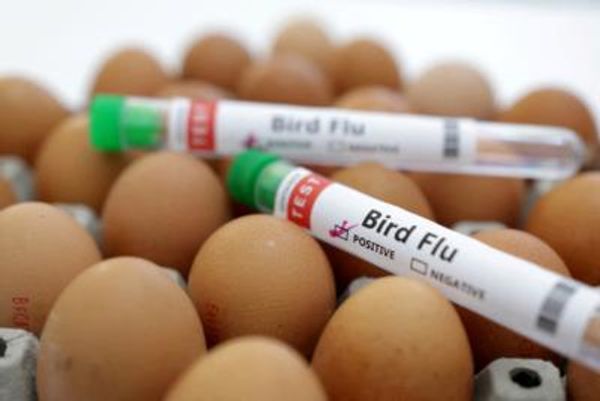
It might sound like a stream of jolly nonsense, but the peculiar sounds babies produce could be an attempt to practise the vocal control necessary for speech, researchers have suggested.
A study analysing the sounds made by infants during their first year of life has found squeals and growls tend to occur in groups.
Dr Hyunjoo Yoo, the first author of the research from the University of Alabama, said the work could have important implications. “One of the primary reasons for our pursuit of the question of clustering is that it could turn out to be a useful marker in screening for disorders of communication,” she said.
Dr Ed Donnellan of the University of Warwick, who was not involved in the research, said the study confirmed that infants deliberately play with the vocal noises that they can make, producing certain types of vocalisations in clusters at will.
“Even though the noises that were looked at – squeals and growls – are not necessarily ones we use in language, this play could allow infants to develop their control over the sounds they make, which is crucial for later spoken language,” he added.
Writing in the journal Plos One, Yoo and colleagues report how they studied 130 infants through recordings made at home every month from birth by their caregivers.
The team randomly selected 21 five-minute segments from each recording and analysed them for the presence of squeals, growls and vowel-sounds known as vocants.
After excluding cases where, for example, the infant was asleep, the team were left with 15,774 segments from 1,104 recordings, with more than 60% of the recordings showing clustering of either squeals or growls with respect to vocants.
“There was not a single infant who, on evaluation of all the available recordings for the infant, showed neither a significant case of squeal clustering nor of growl clustering,” the team add.
Clustering was seen across all six age groups, from birth to 13 months, which they suggest indicates that some mechanism of vocal exploration is present from the beginning of life. However the 3-to 4-month age range showed the lowest average values for squeal and growl clustering, an unexpected finding given this period is traditionally thought to be associated with the onset of vocal play.
The team say it was also surprising that unlike clustering of growls, higher proportions of squeal clustering were found beyond five months of age – something the researchers suggest could be down to the development of control over the vocal cords.
Yoo added that previous reports suggested that by imitating such sounds, caregivers could help expand infant vocal repertoires and protoconversation.
“Thus, it seems logical that it would be beneficial for infants if caregivers try to contingently respond and interact more with their infants’ by imitating squeals, vocants and growls,” she said.







